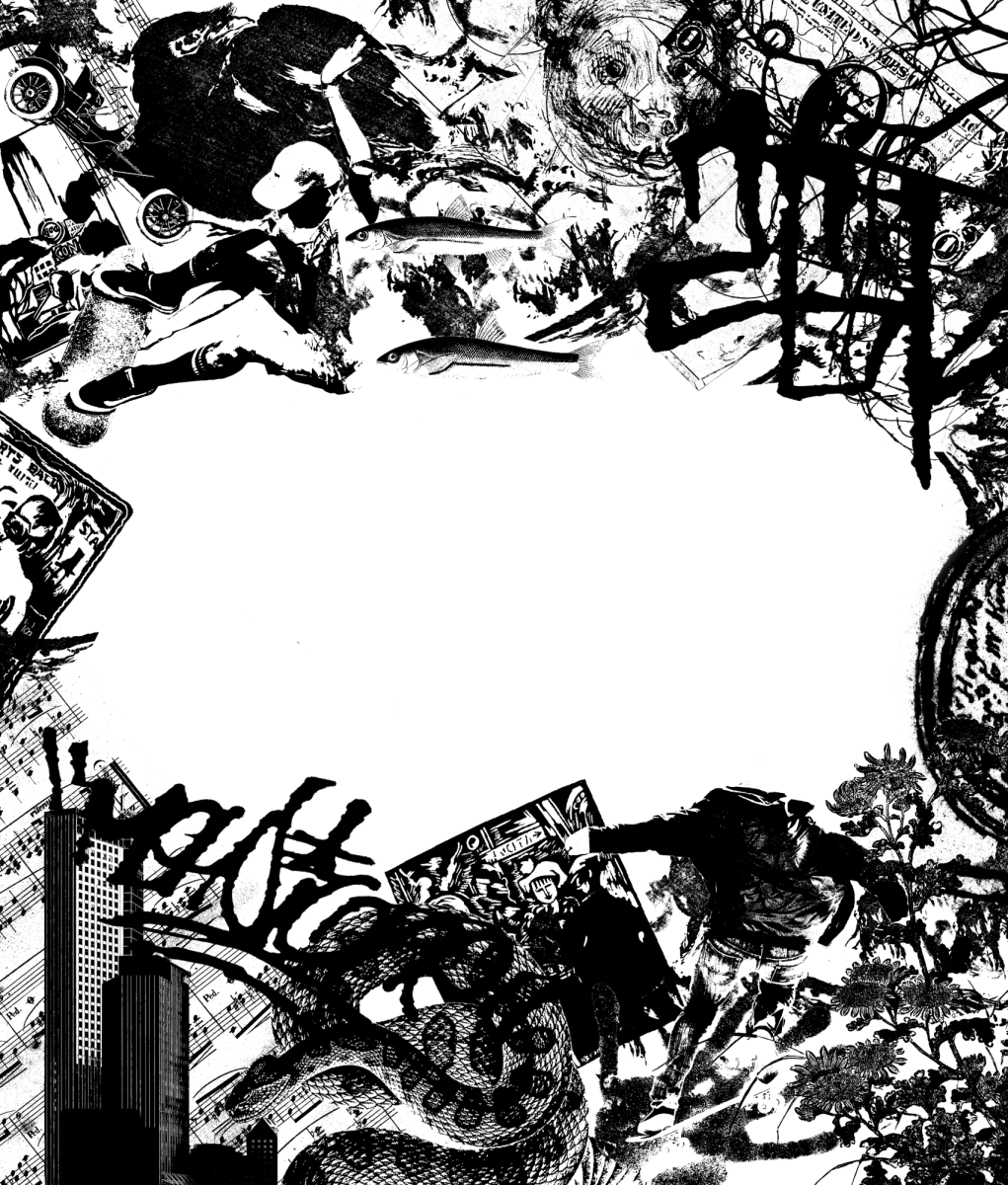This article originally appeared in the Election print issue, in stands November 2024. It has not been updated and some information may be out of date.
In the heart of the American West, Salt Lake City has a unique cultural tension unknown to many outsiders. Defined by the prevailing influence of the LDS church and conservative politics, a counterculture has taken root, fed by independence and a refusal to conform. Here, rebellion is deeply personal. The people commit powerful acts of choosing to exist and express themselves freely in a place that often challenges such freedom. The strong religious-political presence brings a strong anti-establishment counter-culture.
Art as Activism
Salt Lake’s downtown district is where this counter-culture lives most vividly. As you walk down the streets lined with indie coffee shops and tattoo parlors, political messages and art, both official and unofficial, tell the story of a city that has learned to wear its resistance proudly.
The west side bears this mark through the mural “Este Barrio No Se Vende,” painted by Colombian-American artist Jessica Sabogal. Here, Ella Mendoza, a Salt Lake activist, stands tall. The words “Este Barrio No Se Vende” tell the city that “This Neighborhood Is Not For Sale.” This mural represents the fight against the slow crawl of gentrification.
Graffiti artists mark Salt Lake with the language of protest. From a distance, it’s easy to spot “the whale,” a sculpture in the 9th and 9th area. This controversial sculpture was recently tagged with graffiti. Two figures in black, with armbands sporting the symbols of America’s major political parties, stand at an open door. They stare down at a third figure seated on a toilet. Above it all looms the question: “Did You Vote?”
Liberal Undercurrents and Protests
A strong liberal and socialist undercurrent fuels Salt Lake’s counter-culture. The city’s activists gather to march, chant and carry posters inscribed with bold phrases. They march in the snow or blazing heat, pushing for a ceasefire, others in vehement opposition to the easy access to arms. Diverse groups of people including students, people of color, queer individuals, lifelong residents and others, lead the protests.
With every protest Salt Lake’s liberals affirm their right to stand against the red state. Each person fights for the right to be seen, to be different and to belong. This is a place where being “different” challenges the city’s image. These protests insist that Salt Lake’s story includes voices on every side of the spectrum.
The Irony of Restricted Freedom
The LDS community founded Salt Lake City to secure religious freedom, a place where early Mormon pioneers could practice their beliefs without persecution. Yet, ironically, in the city today that ideal of freedom often feels limited. The influence of the LDS Church has created an environment where those who fall outside its teachings struggle for the same freedom.
In a state born from the pursuit of personal beliefs it’s strange to find a culture where full expression is still questioned and constrained by the same structures that once fought for their acceptance. This paradox drives Salt Lake’s counter-culture to make space for voices that refuse to conform and live openly in the place that promised freedom.
Youth Rebellion
Salt Lake’s youth take to the streets on skateboards, with tattoos and piercings as declarations of autonomy. Skateboarding has long been a symbol of resistance against social and spatial restrictions. It claims urban spaces and makes art out of defiance.
Similarly, conservative and religious frameworks have long considered tattoos and piercings taboo. But here, they represent autonomy and a refusal to accept external definitions of “acceptability” within a city that often enforces more traditional codes of appearance. LGBTQ+ safe spaces are vital in Salt Lake. These queer spaces provide refuge and community in a place where queer identities are still, in some circles, met with resistance.
Born out of the state’s promise of freedom, this culture questions the structures that built it. Salt Lake’s counter-culture is resilient, composed of contradictions and bound by those who dare to live freely within a conservative framework. For all its traditions, Salt Lake remains a place for those who refuse to be anything less than themselves.



